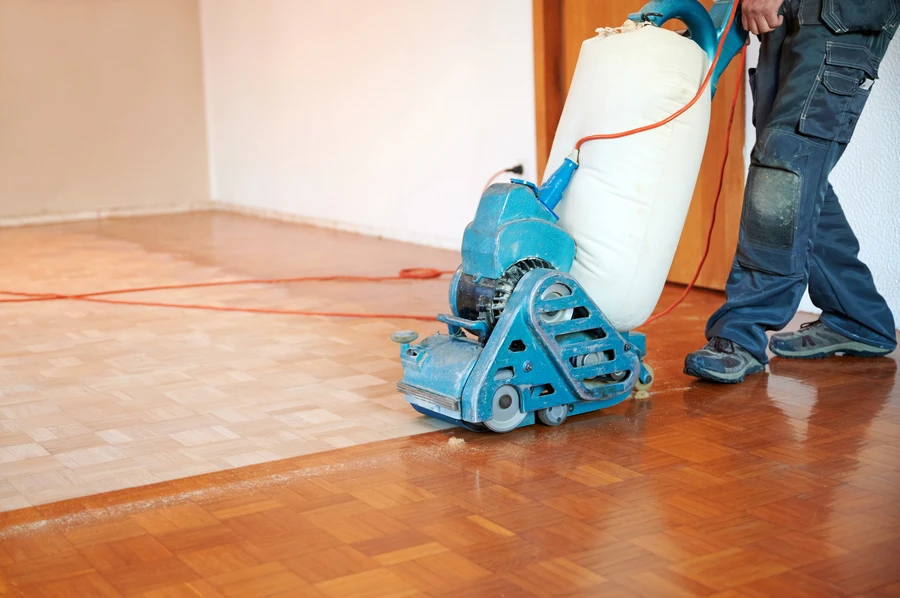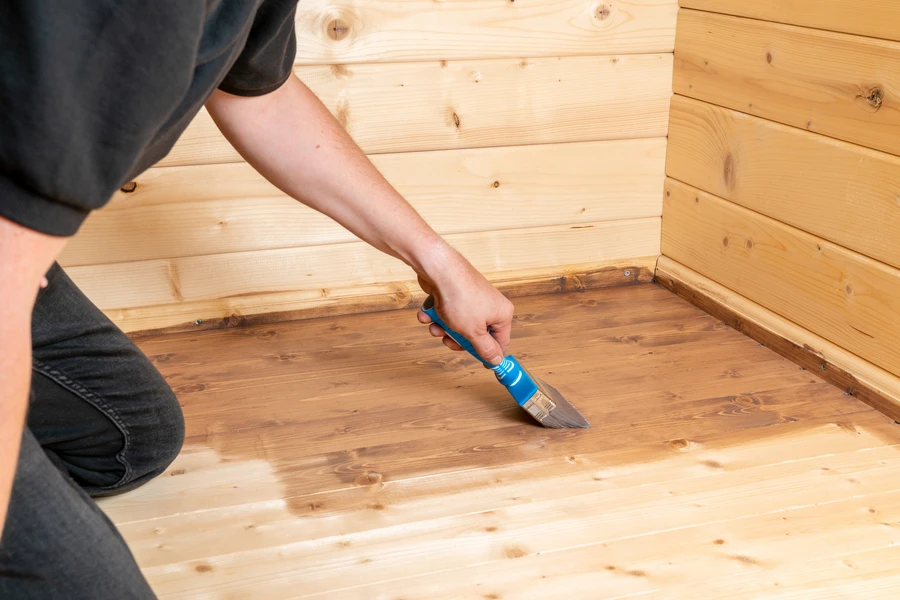Choosing Between Two Methods for Restoring Your Floors
If you have wooden floors, you might wonder about the best way to maintain or restore them. Two popular methods come into play: floor sanding and full refinishing. Each method has its own benefits and challenges, making it important to choose the right one for your specific needs. This article will explore key differences between these two approaches, helping you make an informed decision that suits your preferences and budget.

Understanding Floor Sanding
Floor sanding is a process where the top layer of the wood floor is sanded down. This removes scratches and stains, leaving a smooth surface ready for a new finish. It’s ideal for floors with minor damage or wear. The sanding process often involves using specialized machines that strip away imperfections without harming the underlying wood.
What Is Full Refinishing?
Full refinishing goes beyond simple sanding by taking extra steps to restore your floor. After sanding, a fresh finish is applied, which can include stain and sealant. This method addresses deeper issues like discoloration or significant damage. Floor refinishing brings back the original shine and beauty of your floors, offering a more comprehensive solution.

Benefits of Floor Sanding
One major advantage of floor sanding is its cost-effectiveness. It requires less time and fewer materials compared to full refinishing. Sanding is perfect if you’re looking to refresh your floors on a budget. It also allows for frequent maintenance, extending the life of your flooring without excessive investment.
When Full Refinishing Is Necessary
Full refinishing is essential when floors are badly damaged or worn out. If your floor has deep scratches or water damage, a simple sanding won’t suffice. Refinishing restores both appearance and structural integrity, ensuring long-term durability. It’s a suitable choice for older floors needing complete rejuvenation.
Key Challenges With Both Methods
While both methods offer unique benefits, they also have challenges. Floor sanding can leave fine dust particles, requiring thorough cleaning afterward. On the other hand, full refinishing involves more labor and time, possibly necessitating professional help. Understanding these challenges helps set realistic expectations for each approach.
Choosing the Right Method for You
- Evaluate the extent of floor damage
- Consider your budget constraints
- Think about how long you plan to stay in your home
- Decide if you can manage DIY tasks or need professional assistance
Cost Considerations for Floor Restoration
The cost of floor restoration varies depending on the chosen method. Sanding is usually cheaper since it involves less material and labor. However, full refinishing offers better long-term value by addressing all potential issues comprehensively. Factor in both upfront costs and longevity when deciding what’s best for your floors.
Your Next Steps in Floor Care
If you’re ready to enhance the look of your wooden floors, consider what method suits your needs best. For quick fixes and minor updates, sanding may be sufficient. For thorough restoration, turn to full refinishing. Located in Monrovia, CA, I am here to guide you through this process. Contact me at (720) 338-9351 for expert advice tailored to your home’s needs. VC Hardwood Flooring stands ready to bring your floors back to life.